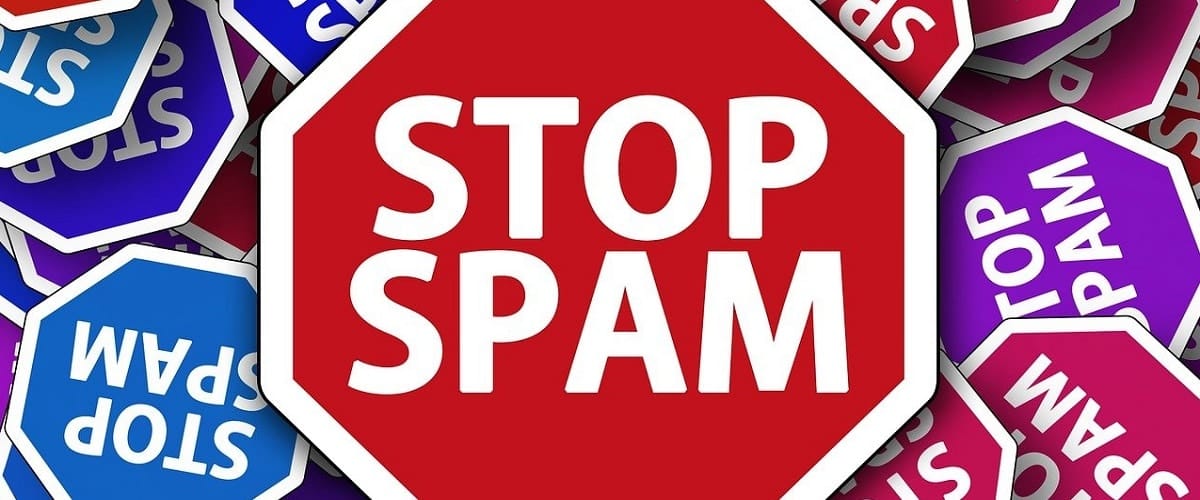Google rolled out a significant update to its algorithms in June 2024, aimed at tackling the issue of spam in search results. This update is crucial for website owners, SEO professionals, and digital marketers as it brings about changes that could impact website visibility and traffic. Here’s everything you need to know about the latest Google Spam Update.
Google Completes June 2024 Spam Update Rollout
Google has finished its June 2024 spam update. The update took a week and aims to improve search results by targeting sites that break Google’s spam rules. It started on June 20, 2024, and Google announced it on their Search Central Twitter account. According to the Google Search Status Dashboard, the update ended on June 27 at 9:10 PDT.
This spam update is part of Google’s work to fight web spam and improve the user experience. It differs from the site reputation abuse update, which is still coming. Google’s spam updates usually try to get rid of web spam like:
- Content made by computers just to rank higher in searches
- Links bought or sold to change rankings
- Weak, copied, or low-quality content
- Hidden redirects or other sneaky tricks
The last spam update was in March 2024. After that update, some AI-made content did well in search results. Roger Montti from Search Engine Journal found that some AI spam sites showed up for over 217,000 searches, with many ranking in the top 10.
The June update should improve Google’s ability to find spam. However, it might also change how websites rank in searches. Sites that don’t follow Google’s spam rules or use much AI content might become less visible in searches.
SEO experts and website owners should check their sites for spam and follow Google’s Webmaster Guidelines. For more details about the June 2024 spam update and its meaning, look at Google’s official updates on their Search Central Twitter account and the Google Search Status Dashboard.
Adapting to the June 2024 Spam Update
The June 2024 Spam Update has left many website owners and content creators wondering how to adapt their strategies to maintain or improve their search engine rankings. Auditing your content is a crucial step in this adaptation process. Here’s how you can ensure your content aligns with the new requirements.
Audit Your Content
A content audit involves a comprehensive review of all the content on your website. The goal is to identify areas that may be considered spam under the new guidelines.
Step 1: Inventory Your Content
Create a list of all web pages, blog posts, articles, and any other content. Tools like spreadsheets can help organize this information effectively.
Step 2: Analyze Your Content
For each piece of content, ask the following questions:
- Does it provide value to the reader?
- Is it relevant to your audience?
- Are keywords used naturally within the text?
- Does it comply with SEO best practices?
Step 3: Identify Issues
Look for common spam indicators such as:
- Overuse of keywords
- Irrelevant or low-quality backlinks
- Hidden text or links
- Duplicate content across pages
Make Necessary Adjustments
Once you’ve identified content that doesn’t meet the new standards, it’s time to make adjustments.
- Revise or Remove spam content: Rewrite content that is overly optimized for search engines rather than human readers. If content cannot be salvaged, consider removing it altogether.
- Improve User Experience: Focus on creating a positive user experience with easy navigation and engaging, informative content. Ensure that your website is mobile-friendly and loads quickly.
- Update Your SEO Strategy: Align your SEO strategy with the update by focusing on quality over quantity. Use keywords thoughtfully and aim for natural integration into your content.
After making changes, monitor your website’s performance. Use analytics tools to track traffic, engagement, and rankings. Based on this data, continue to refine your content and SEO practices.
Focus on Technical SEO
Technical SEO refers to improving your website’s infrastructure so that search engines can index it effectively. With the spam update, technical SEO becomes even more crucial because it lays the foundation for a spam-free and user-friendly website.
Here are the main key areas to focus on:
- Website Security. Ensure your website has an SSL certificate (HTTPS) to secure user data. Implement security measures to prevent hacking and spamming activities.
- Site Speed. A fast-loading website provides a better user experience. To improve speed, optimize images, leverage browser caching, and reduce server response time.
- Mobile-Friendliness. With mobile searches dominating, having a responsive design that adapts to various screen sizes is essential.
- Clean and Structured Code. Well-organized code helps search engines understand your website content. Use semantic HTML5 elements and follow best coding practices.
- URL Structure. Create clear and descriptive URLs that reflect the content of the page. Avoid long strings of numbers or characters.
- Navigation and Site Architecture. A logical structure with a clear hierarchy makes it easier for search engines to crawl your site and for users to find information.
- Canonical Tags. Use canonical tags to prevent duplicate content issues by specifying a page’s “main” version.
- txt and Sitemaps. Properly configure your robots.txt file to guide search engine crawlers and provide an XML sitemap to ensure all important pages are discovered.
Conduct regular technical SEO audits to stay ahead of the Spam Update. Tools like Google Search Console can help identify issues such as crawl errors, security problems, or manual actions taken against your site.
Enhance Link Building Strategies
The June 2024 Spam Update has brought significant changes that require an adaptation of link-building strategies and a shift towards more genuine and user-focused methods. Here’s what you need to know:
- Create High-quality Content: Valuable content naturally attracts links. Focus on producing informative, engaging, and shareable content that adds value to your audience.
- Avoid Black-Hat Techniques: Avoid black-hat tactics like buying backlinks or getting involved in link schemes. These can lead to penalties under the new update.
- Engage with Your Niche Community: Interact with industry influencers, bloggers, and other websites. Establishing relationships can lead to natural link exchanges that are beneficial and compliant with the update.
- Leverage Social Media: Promote your content on social media platforms to increase visibility and encourage organic link growth.
- Conduct Regular Audits: Monitor your backlink profile closely. Use tools to identify and disavow spammy or low-quality links.
- Focus on Relevance: Ensure incoming links come from relevant sources aligning with your content and industry.
Best Practices for Sustainable Link Building
To adapt to the June 2024 Spam Update, consider these sustainable link-building practices:
- Guest Blogging: Reach reputable sites in your niche for a guest post. It’s an excellent way to gain exposure and secure quality backlinks.
- Broken Link Building: Look for broken links on external websites and offer your content as a replacement.
- Resource Links: Contact websites that have resource pages and suggest adding your content as a valuable resource for their audience.
Improve User Engagement
One key to adapting to the June 2024 Spam Update is to focus on improving user engagement. Here’s how.
Prioritize Quality Content
Quality content is the cornerstone of user engagement. Ensure that your content is:
- Provide valuable information that answers users’ questions.
- Stay on topic and ensure your content matches your audience’s interests.
- Use simple language, short paragraphs, and bullet points for better readability.
Enhance User Experience (UX)
A positive user experience will likely keep visitors on your site longer. To enhance UX:
- Improve Site Speed. A faster website keeps users happy.
- Mobile Optimization. With mobile browsing on the rise, ensure your site is mobile-friendly.
- Easy Navigation. Make sure users can find what they’re looking for quickly and easily.
Encourage Interaction
Interaction is a strong signal of engagement. Here’s how to encourage it:
- Comments Section. Allow users to comment on your content, and make sure to respond.
- Social Sharing Buttons. Make it easy for users to share your content on social media.
- Calls to Action (CTAs). Invite users to engage further with clear CTAs.
Monitor User Behavior
Understanding how users interact with your site can guide your content strategy. Use tools like Google Analytics to monitor:
- Bounce Rate: High bounce rates may indicate irrelevant or poor-quality content.
- Time on Page: More time spent on a page suggests engaging content.
- Click-Through Rate (CTR): A high CTR shows that your titles and descriptions are effective.
Regularly Update Your Content
The internet is always evolving, and so should your content. Regular updates mean:
- Staying Relevant: Keep up with the latest trends in your industry.
- Refreshing Old Posts: To stay current, update old posts with new information.
- Consistent Posting: A regular posting schedule keeps users returning for more.
Final Thoughts
Google’s June 2024 Spam Update is crucial to maintaining high-quality search results. For SEO professionals and digital marketers, adapting to this new update requires focusing on high-quality content, excellent user experience, and adherence to E-E-A-T principles. Marketers can make these adjustments to ensure their websites remain competitive in Google’s search results.
Do you feel lost after these last two Google updates? Our team of experts is here to help you meet your goals. We can create an outreach campaign for manual link building from high authority websites. Contact us to learn how we can help your business get more traffic.



How to Turn Your Blog Into a Money-Making Machine (Even If You’re Just Starting)
How to Set Role-Based Pricing in WooCommerce (Wholesale & Retail)